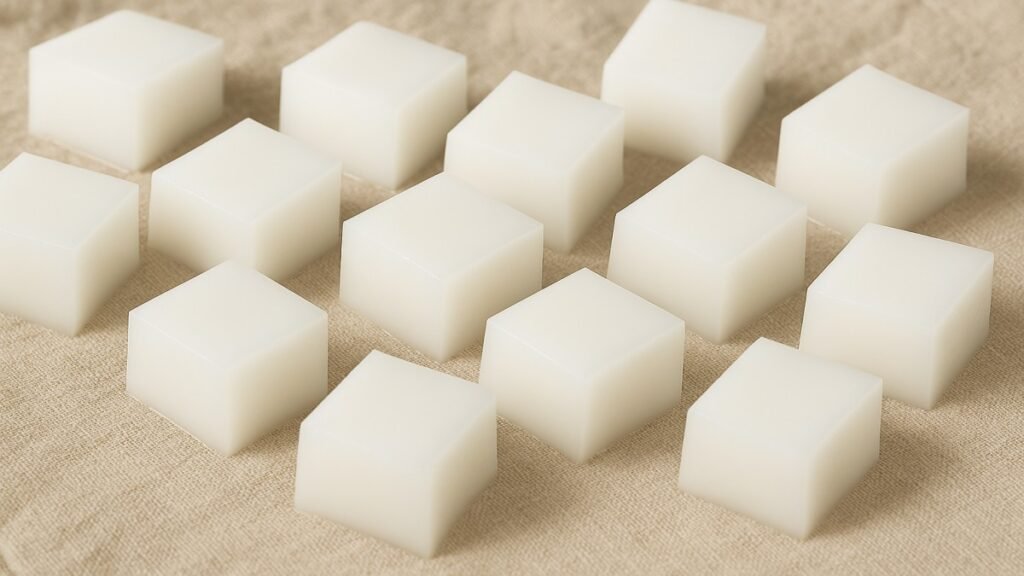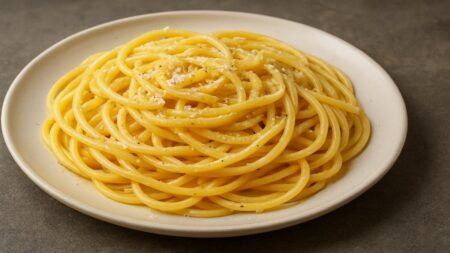What is Coconut Jelly?
Ever bitten into something so soft, bouncy, and tropical that it feels like a vacation in your mouth? That’s coconut jelly. It’s a jelly-like dessert made from coconut water, young coconut meat, and a gelling agent like agar-agar or gelatin. It’s sweet, light, and has a chewy texture that’s incredibly satisfying.
The Rising Popularity Around the World
From Thai markets to Western smoothie shops, coconut jelly is everywhere now. Thanks to the global obsession with bubble tea, healthy snacking, and all things coconut, this once humble treat has become a superstar in the world of desserts.
History and Cultural Significance
Origins in Southeast Asia
Coconut jelly’s roots trace back to Southeast Asia, where coconut palms are abundant. Countries like the Philippines, Thailand, and Vietnam have been crafting coconut-based desserts for centuries.
Traditional Uses and Recipes
In the Philippines, it shows up as part of “buko pandan,” a green jelly coconut dessert. In Thailand, it’s poured into cute flower molds for festive occasions. In Vietnam, it’s layered with coffee jelly or pandan.
Spread to the West
Western chefs caught on, and now you’ll find coconut jelly in everything from fine dining plates to Whole Foods shelves.
Ingredients and Composition
Young Coconut vs. Mature Coconut
Young coconuts give sweeter water and soft, tender flesh—perfect for coconut jelly. Mature coconuts are better for oil and milk, but not ideal for this dessert.
Agar-Agar vs. Gelatin
Vegans rejoice! Agar-agar, derived from seaweed, is often used instead of gelatin. It holds firmer at room temperature, which is great for tropical climates.
Optional Add-Ins
Think mango chunks, passion fruit pulp, lychee syrup, or even edible flowers for Instagram-worthy creations.
How Coconut Jelly is Made
Step-by-Step Preparation
- Heat coconut water in a saucepan.
- Add sugar and a gelling agent (agar or gelatin).
- Stir until fully dissolved.
- Pour into molds or containers.
- Chill until set—usually in 1–2 hours.
Homemade vs. Store-Bought
Store-bought varieties are more shelf-stable but may contain preservatives. Homemade gives you full control of sweetness and flavor.
Vegan and Gluten-Free Options
Using agar-agar makes it vegan. Coconut jelly is naturally gluten-free and fits most dietary lifestyles.
Varieties of Coconut Jelly
Thai Coconut Jelly
Usually served in young coconut shells, sometimes layered with coconut cream on top.
Filipino Buko Pandan
Green, fragrant with pandan leaves, and often mixed with cream.
Vietnamese Rau Cau Dua
Clear and mildly sweet with distinct layers, often paired with coffee jelly.
Western Fusion
Found in parfaits, chia puddings, and smoothie bowls with tropical twists.
Nutritional Value
Calories and Macros
A typical serving is low in calories, about 70–100 kcal, and nearly fat-free.
Hydration and Electrolytes
Thanks to coconut water, it’s hydrating and packed with potassium.
Is It Healthy?
When made with minimal sugar and natural ingredients, it’s a guilt-free delight.
Coconut Jelly in Modern Cuisine
Bubble Tea & Coconut Jelly
One of the most popular toppings for bubble tea. It adds texture and tropical sweetness.
Desserts and Parfaits
Layered with granola, fruit, or whipped cream—yum!
Cocktails and Mocktails
Bartenders love the texture; it adds a surprise twist in the mouth.
Coconut Jelly vs. Other Treats
Aloe Vera Cubes
Softer and more hydrating but less flavorful.
Tapioca Pearls
Chewier and heavier; coconut jelly is lighter on the stomach.
Grass Jelly
Earthy and slightly bitter—coconut jelly is sweet and neutral.
Benefits of Coconut Jelly
- Digestive Aid: Light and easy to digest.
- Skin Hydration: Coconut water helps skin glow.
- Low-Calorie Treat: Satisfies sweet tooth without guilt.
Fun Coconut Jelly Facts
- Shelf Life: Lasts 5–7 days refrigerated.
- Jelly Art: Artists carve and layer jellies into mesmerizing flower designs.
- Odd Flavors: Think coconut jelly with chili or coffee!
Conclusion
Coconut jelly is more than just a tropical dessert—it’s a versatile, nutritious, and absolutely delightful treat that fits into nearly any lifestyle or dish. Whether you’re scooping it out of a coconut shell in Thailand or adding it to your boba in LA, it’s hard not to fall in love with this jiggly joy.
FAQs
1. Is coconut jelly the same as nata de coco?
Not exactly. Nata de coco is fermented coconut water jelly—firmer and chewier than regular coconut jelly.
2. Can coconut jelly go bad?
Yes, especially if homemade. It’s best consumed within a week when refrigerated.
3. How long does homemade coconut jelly last?
About 5–7 days in the fridge.
4. Is coconut jelly safe for kids?
Absolutely! Just cut it into small pieces to avoid choking hazards.
5. What’s the best drink to pair with coconut jelly?
Bubble tea, lemonade, or even iced coffee for a tropical spin.








